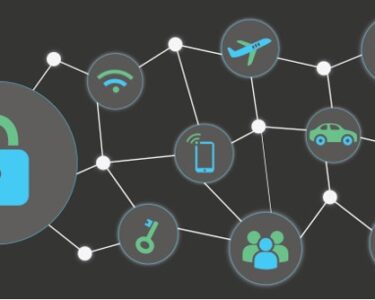
Digital Youth Culture: Shaping the Future of Communication and Identity
In the contemporary digital landscape, youth are increasingly immersing themselves in virtual worlds, redefining the boundaries of social interaction, communication, and identity formation. The advent of social media, mobile technologies, and online gaming platforms has given rise to a distinct digital youth culture that is transforming the way young people connect, express themselves, and shape their sense of belonging.
Social Media as a Catalyst for Socialization
Social media has emerged as a primary platform for youth to connect with peers, share their experiences, and engage in online communities. Through platforms like TikTok, Instagram, and Snapchat, young people are able to participate in trends, join virtual groups, and build social networks that extend beyond their physical surroundings. These virtual spaces provide a sense of belonging, fostering friendships and connections that can often transcend traditional geographic boundaries.
Gamification and the Blurring of Reality
Online gaming has become an integral aspect of digital youth culture, with games like Fortnite and Minecraft offering immersive virtual worlds where players can interact with each other in real-time. These games often feature social features that encourage collaboration and communication, blurring the lines between the physical and virtual realms. Through online gaming, youth explore digital identities, build relationships, and engage in shared experiences that shape their perspectives and values.
Digital Natives and New Forms of Communication
Digital youth are growing up as "digital natives," having been exposed to technology from an early age. As a result, they have developed unique communication styles and norms that differ from previous generations. They utilize emojis, GIFs, and memes to express themselves, and they are adept at multitasking and seamlessly navigating multiple online platforms. This digital fluency allows them to engage in complex and nuanced forms of communication that were not previously possible.
Identity Formation in the Digital Age
The digital landscape provides youth with unprecedented opportunities for self-expression and identity exploration. Through social media profiles and online avatars, they can experiment with different identities, curate their digital personas, and connect with others who share similar interests or experiences. This fluidity of identity can lead to a greater sense of agency and self-discovery, as youth navigate the complex social and cultural landscapes of the digital world.
Challenges and Concerns
While digital youth culture offers numerous benefits, it also presents certain challenges. Concerns exist regarding the potential for cyberbullying, privacy violations, and the addictive nature of some online platforms. It is important for youth to develop critical thinking skills to navigate the digital landscape safely and responsibly. Additionally, educators and parents need to be aware of the transformative power of digital youth culture and support young people in navigating its challenges and opportunities.
Conclusion
Digital youth culture is a dynamic and ever-evolving phenomenon that is shaping the future of communication, identity formation, and social interaction for young people. By understanding the unique characteristics and challenges of this culture, we can foster a supportive environment that empowers youth to navigate the digital landscape safely and effectively. As digital technologies continue to evolve, it is crucial for society to embrace the innovative spirit of digital youth and work collaboratively to ensure that they have the knowledge, skills, and values necessary to thrive in the increasingly interconnected world of the future.


